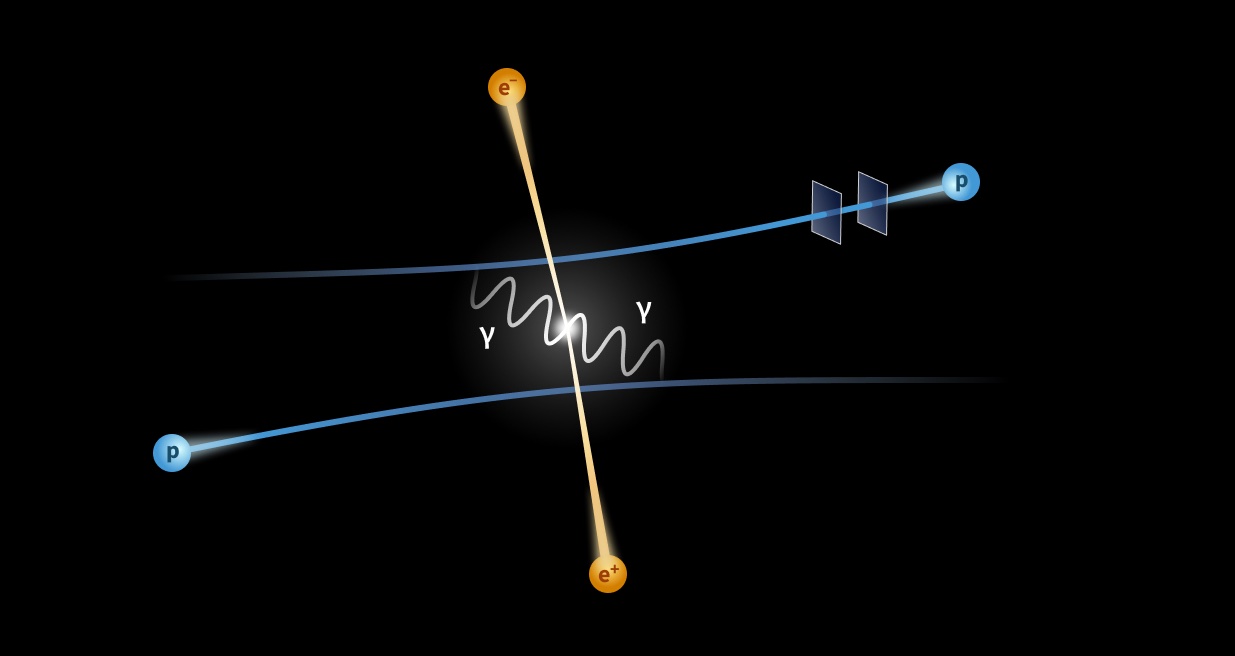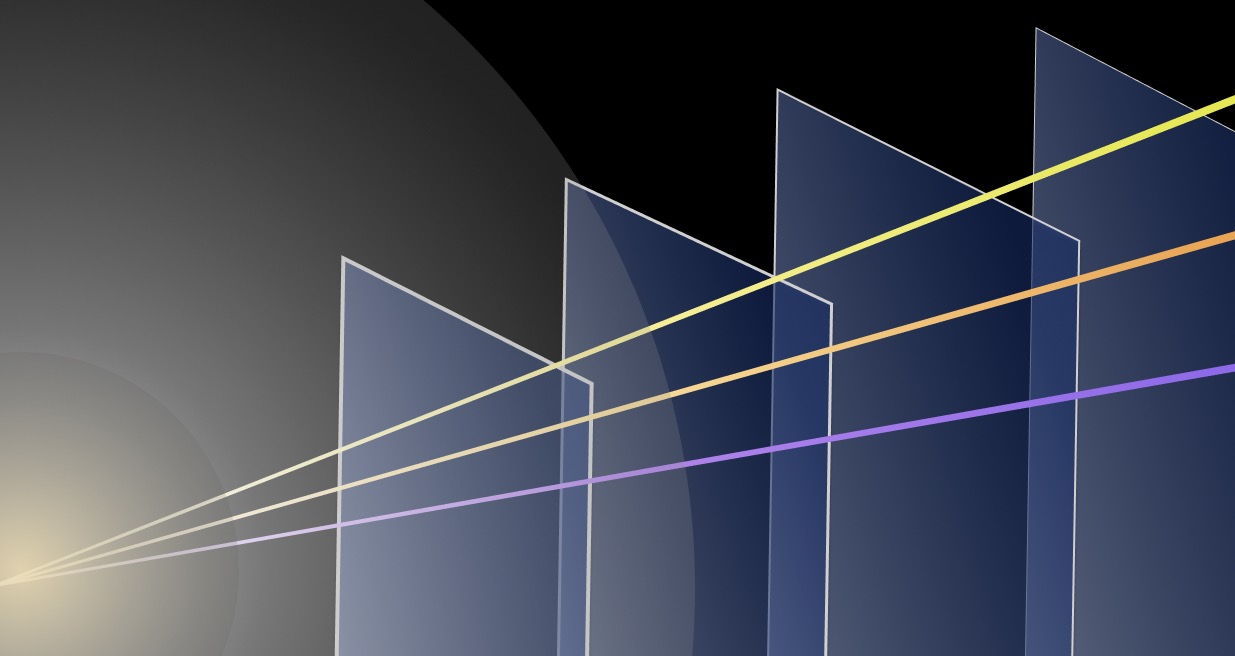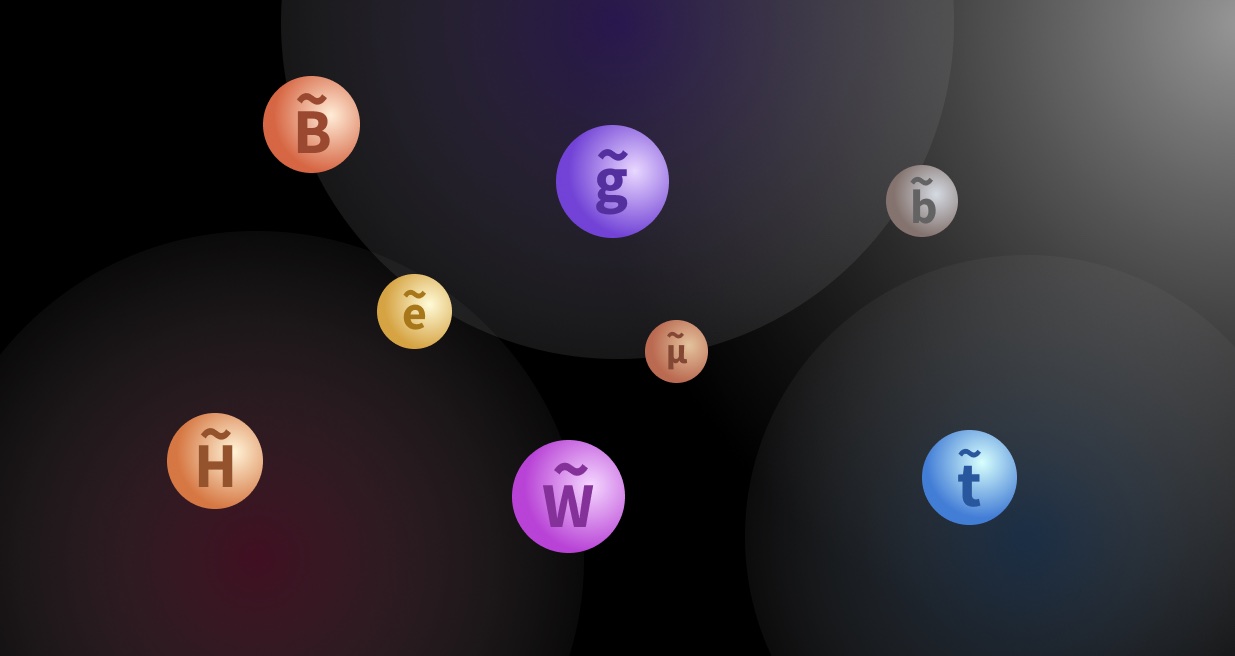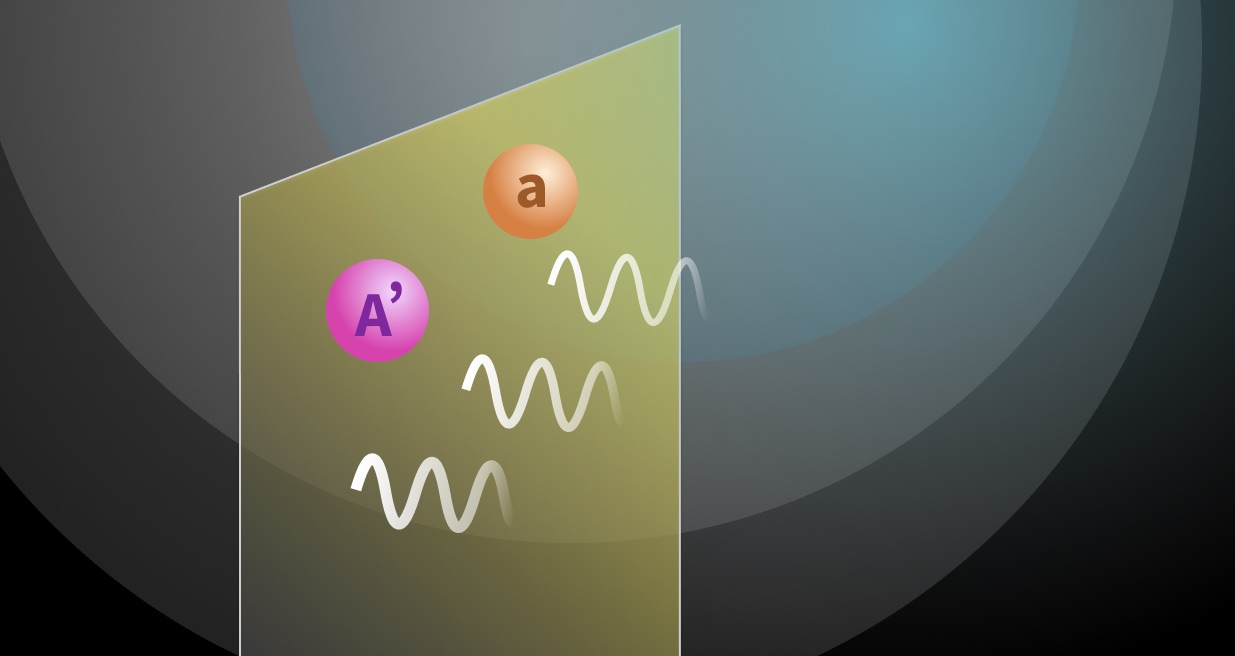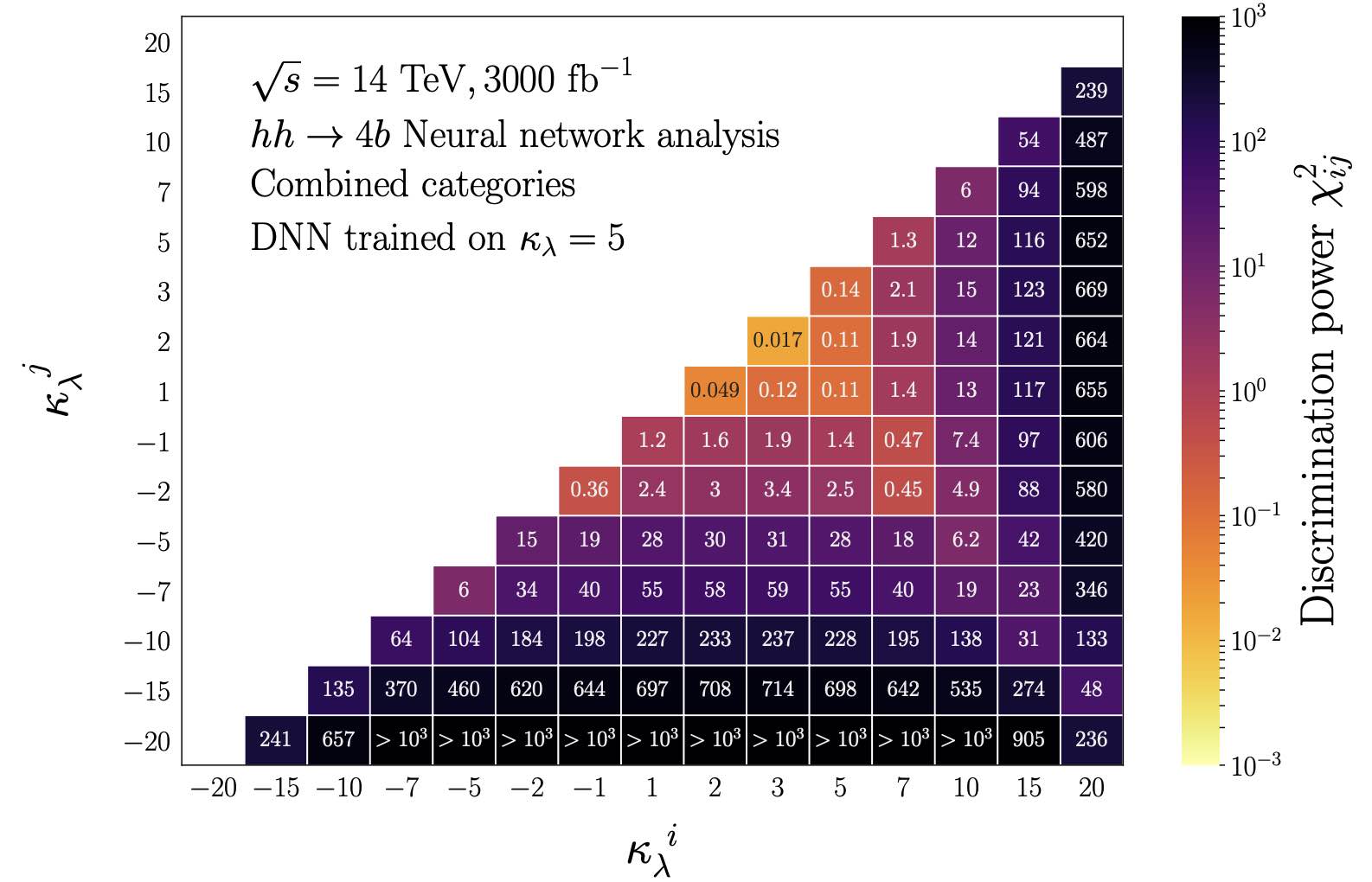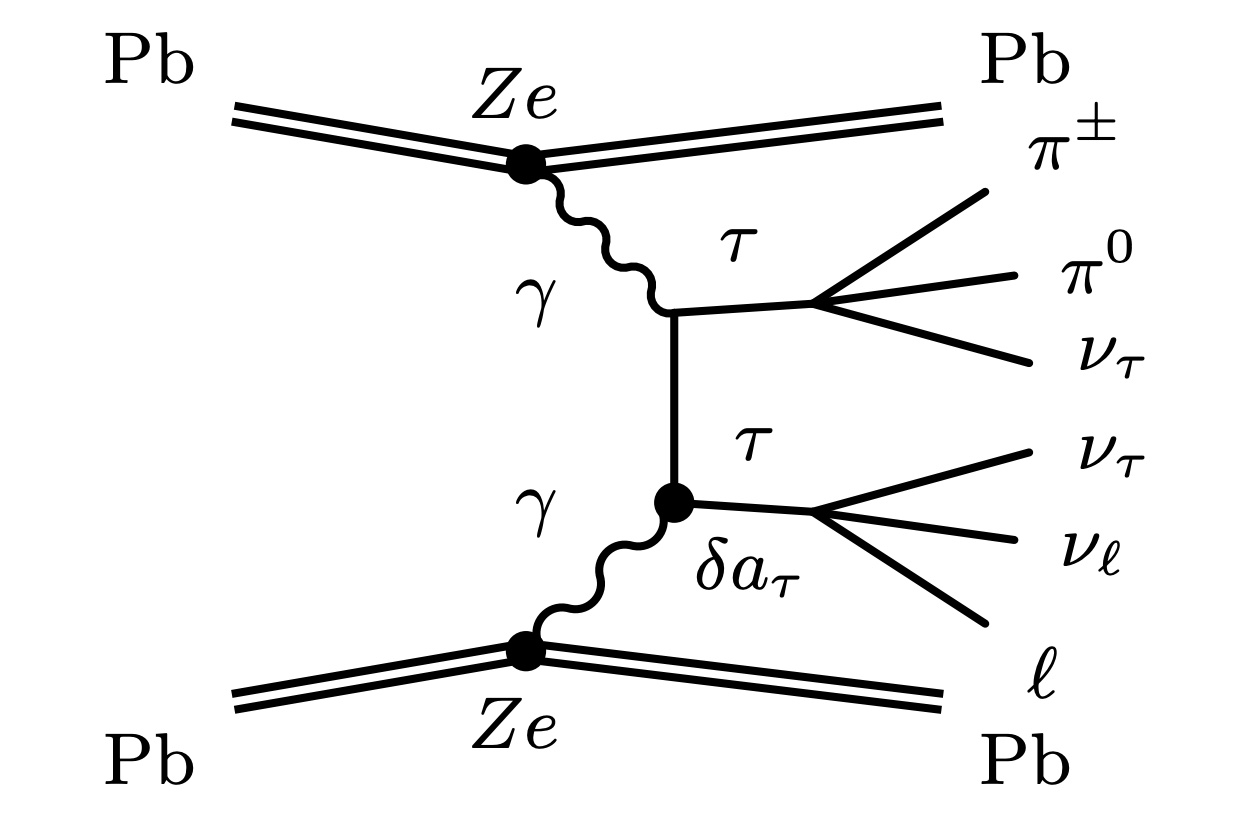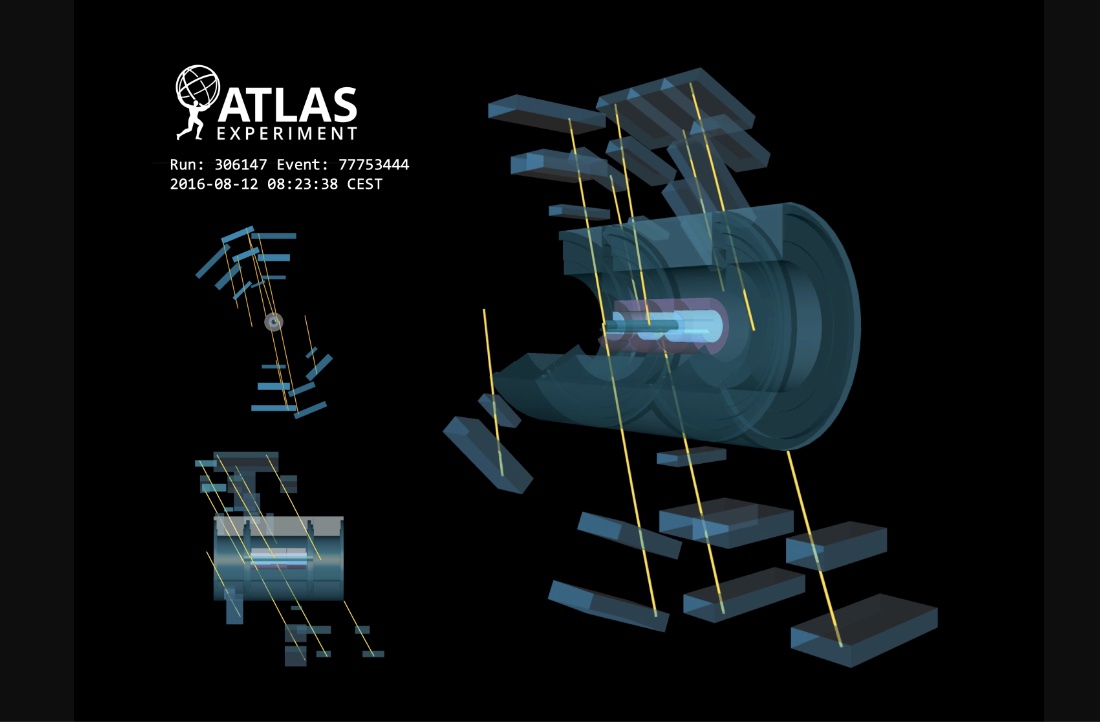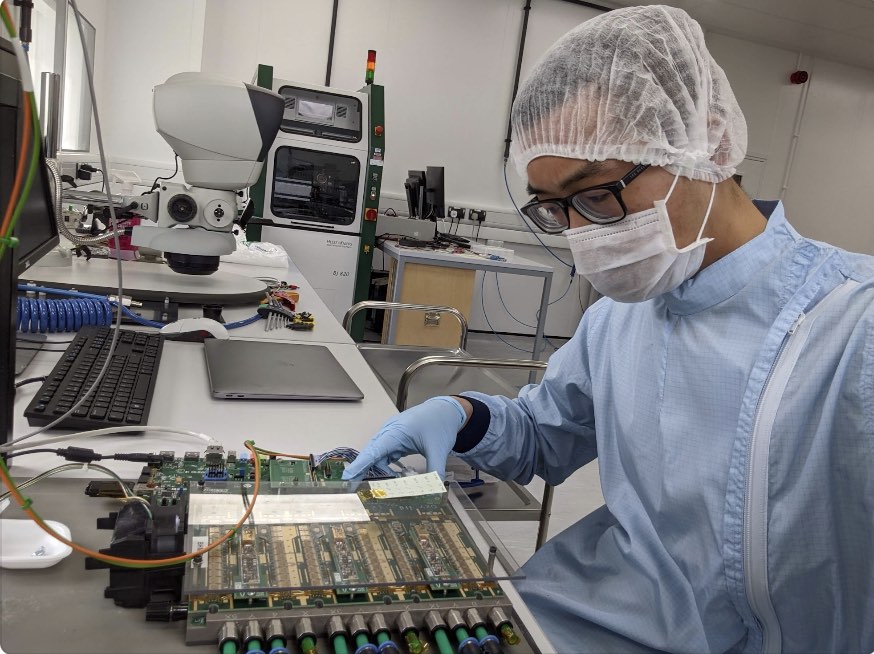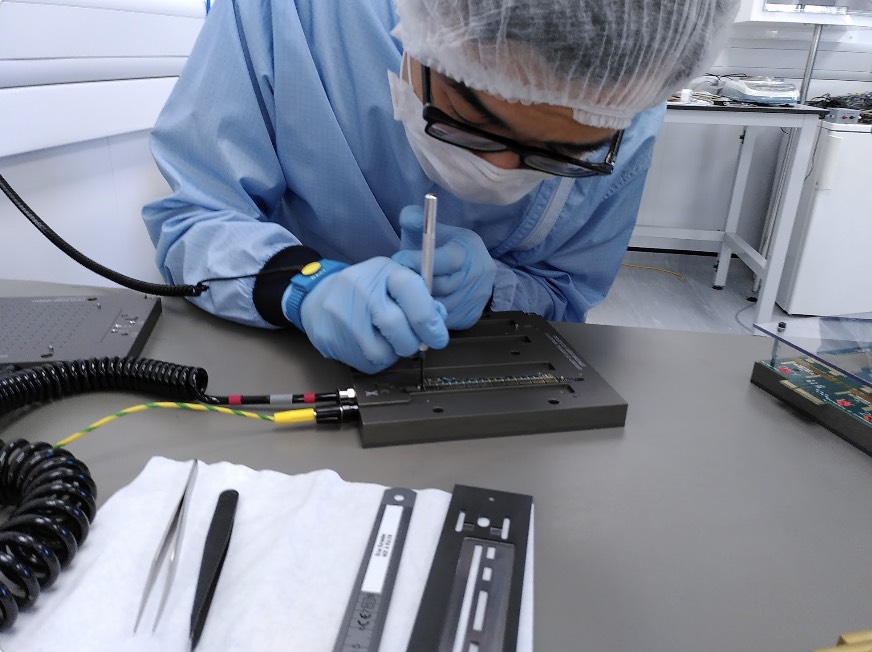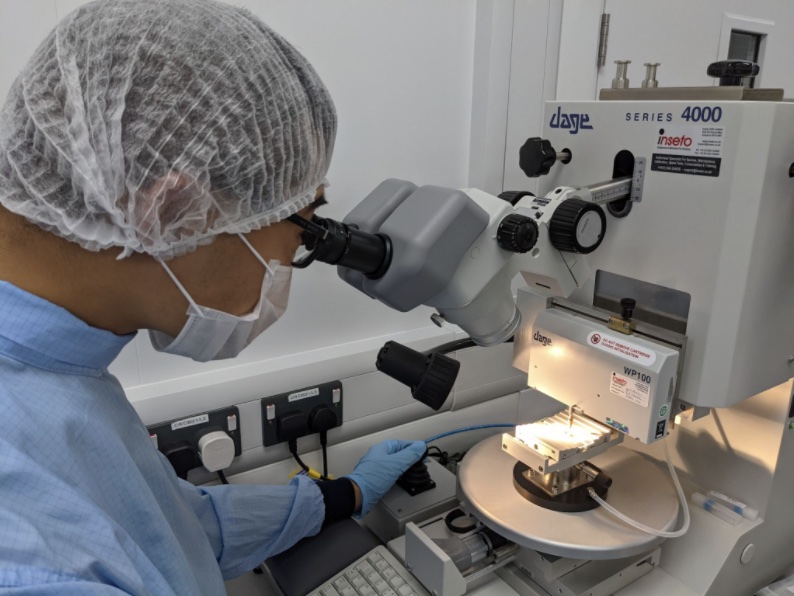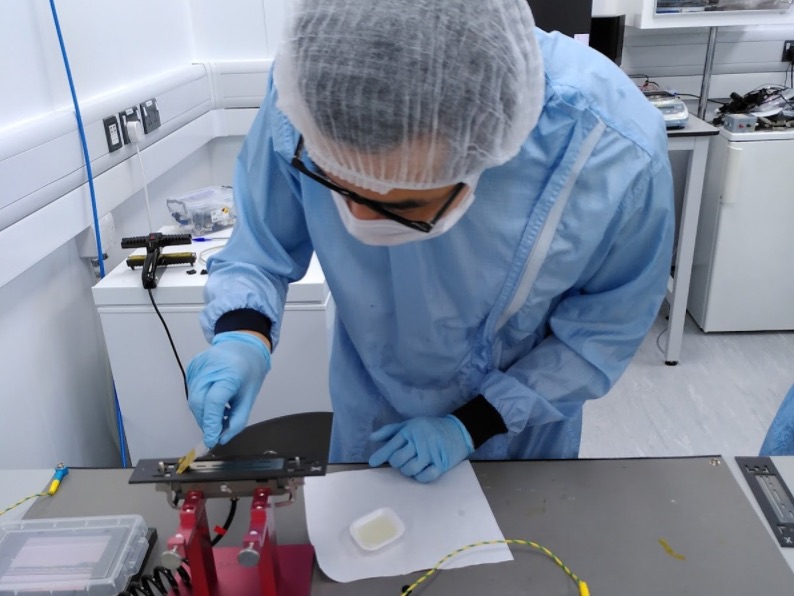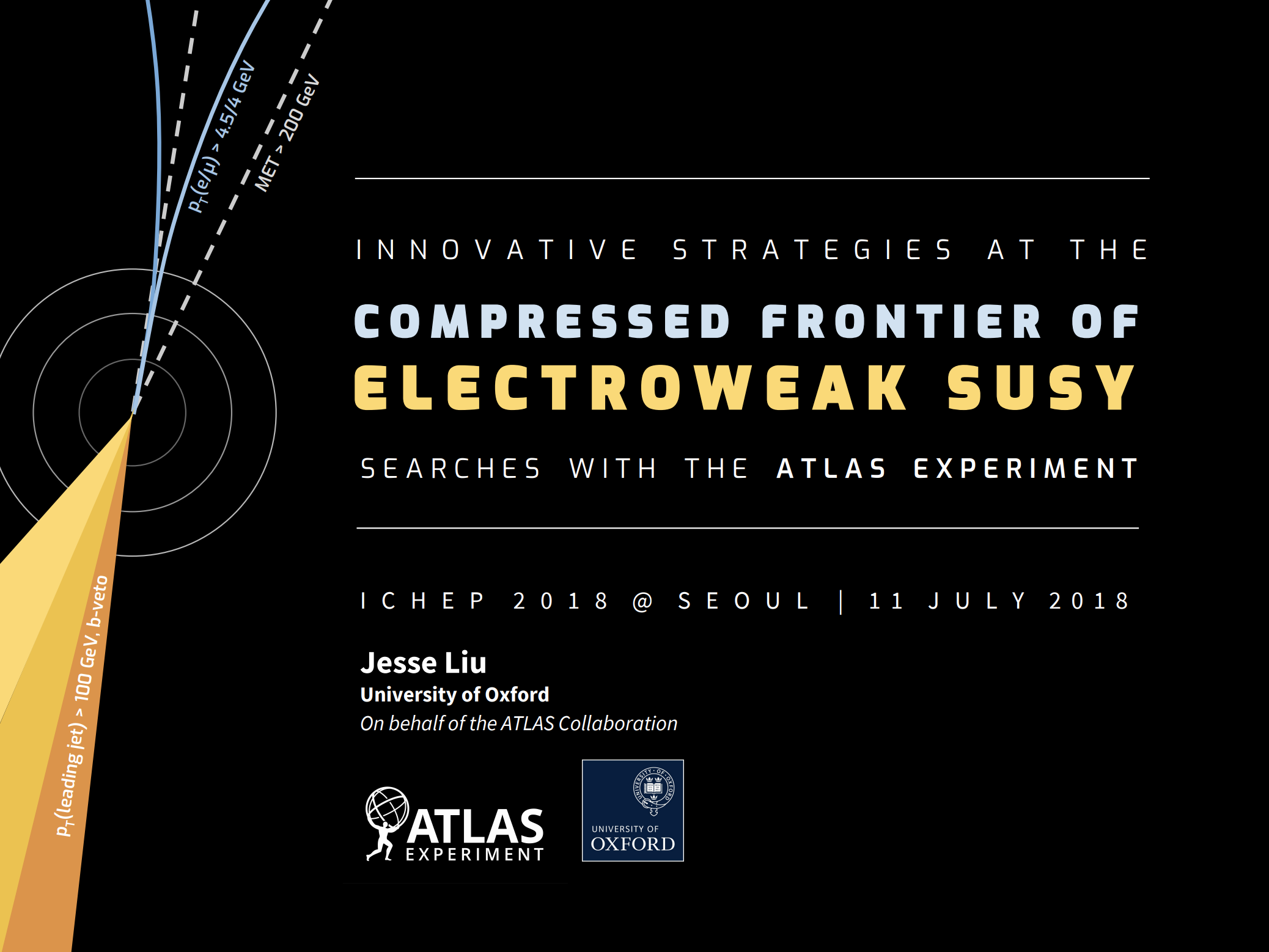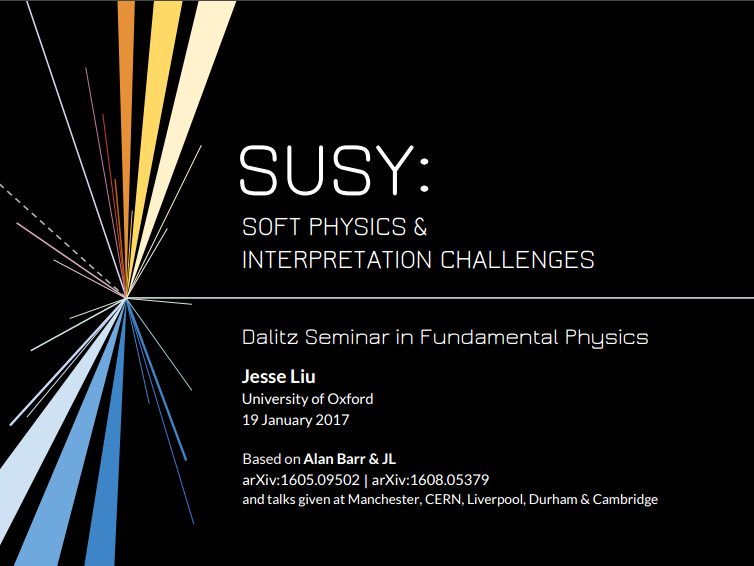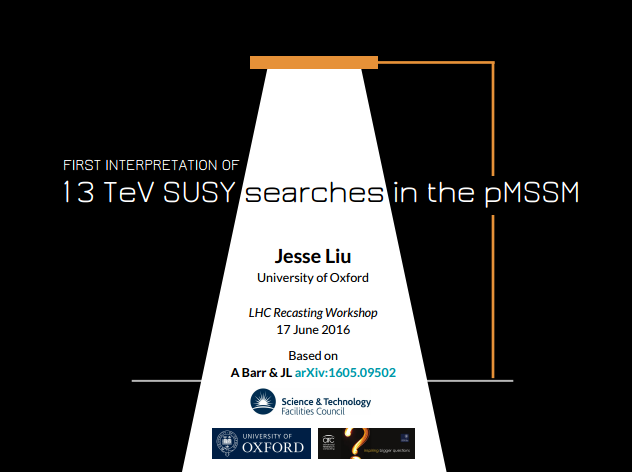Conference & Workshop Presentations
American Physical Society Global Physics Summit, Denver Convention Center, USA, 16 Mar 2026
Brookhaven Forum, Brookhaven National Laboratory, USA, 23 Oct 2025
'Colliding light to measure tau g–2'
CPAD Conference, University of Pennsylvania, USA, 8 Oct 2025
'Evidence for mitigated thermal stress with interposers in extended thermocycling of ATLAS ITk strip modules'
QCD@LHC Conference, Stony Brook, USA, 9 Sep 2025
'Exclusive lepton production and soft QCD challenges for tau g–2'
Lepton Photon Symposium, Madison, Wisconsin, USA, 26 Aug 2025
'QCD studies at the LHC' (Invited Plenary)
EPS HEP 2025, Marseille, France, 7 Jul 2025
'Construction of the ATLAS ITk strip detector for the HL-LHC era'
Phenomenology Symposium, Pittsburgh, USA, 19 May 2025
'Colliding light to measure tau g-2'
Cavendish HEP Extravaganza, Cambridge, UK, 6 Dec 2023
'ATLAS Inner Tracker upgrade cleanroom highlights'
CADEx Collaboration Meeting, Spain, Online, 16 Nov 2023
EPS HEP 2023, Hamburg, Germany, 24 Aug 2023
'BREAD: Broadband Reflector Experiment for Axion Detection'
BREAD Collaboration Meeting, Chicago, USA, 5 Oct 2023
'Primer: Sensitivity of Dish Antennas - Why we need more'
Dark Matter beyond the Weak Scale, Liverpool, UK, 28 Mar 2023
'Terahertz axion detection with BREAD'
Photon-induced Processes, Durham, UK, 3 Nov 2022
'Forward physics and colliding light at the HL-LHC'
Dark Matter UK, London, UK, 22 Sep 2022
ICHEP 2022, Bologna, Italy, 8 Jul 2022
'BREAD: Broadband Reflector Experiment for Axion Detection'
IoP Joint APP HEPP
Conference 2022, Harwell, UK, 5 Apr 2022
'Colliding light, tau g-2, and axion detectors'
Snowmass CF2 Wavelike Dark Matter Meeting, Online, 8 Oct 2021
'BREAD: Broadband Reflector Experiment for Axion Detection'
APS DPF Meeting, Florida State, Online, 14 Jul 2021
'Colliding light: photon fusion production at ATLAS'
Phenomenology Symposium, Pittsburgh, Online, 25 May 2021
'New spin 0 physics from TeV to THz'
APS April Meeting, Online, 20 Apr 2021
'Turning Light Into Matter: First Physics Results Using ATLAS Forward Proton'
DIS 2021, Stony Brook, USA, Online, 14 Apr 2021
'Measurements of diffractive physics and soft QCD at ATLAS'
LHC Forward Physics Meeting, CERN, Online, 4 Mar 2021
'Exclusive dilepton production in ATLAS'
Workshop on Forward Physics and QCD with LHC, EIC and Cosmic Rays, Jefferson Lab, Online, 23 Jan 2021
'ATLAS Forward Proton'
Snowmass EF09 meeting, Online, 4 Sep 2020
'Colliding light to search for BSM phenomena'
ICHEP 2020, Online, 31 Jul 2020
'Colliding light to make dark matter at the LHC'
ICHEP 2020, Online, 30 Jul 2020
'The Alignment of the ATLAS Forward Proton Detector'
Snowmass Energy Frontier "Open questions and new ideas", Online, 8 Jul 2020
'Dark matter and tau g-2 using the LHC as a photon collider'
Higgs Couplings 2019, Oxford, UK, 2 Oct 2019
'Colliding light to measure tau g–2'
Young Experimentalists
and Theorists Institute, Durham, UK, 8 Jan 2019
LHC Forward Physics
Workshop, CERN, Switzerland, 18 Dec 2018
'Photon collider opportunities for new physics: SUSY and dark matter'
SUSY 2018, Barcelona,
Spain, 23 Jul 2018
'Reconstruction techniques in ATLAS SUSY searches'
ICHEP 2018, Seoul,
South Korea, 6 Jul 2018
ICHEP Prize Talk,
11 Jul 2018
'Innovative strategies in compressed electroweak SUSY searches'
DM@LHC 2018,
Heidelberg, Germany, 5 Apr 2018
Institute of Physics
Conference 2018, Bristol, UK, 27 Mar 2018
Young Theorists
Forum 2018, Durham, UK, 10 Jan 2018
'Opening the soft lepton frontier for new physics at the LHC'
Young
Theorists Forum 2017, Durham, UK, 11 Jan 2017
2nd LHC BSM Reinterpretation Workshop, CERN, Switzerland, 14 Dec 2016
'Parameter space correlations of 13 TeV SUSY searches'
BUSSTEPP 2016, Manchester,
UK, 31 Aug 2016
1st LHC BSM
Reinterpretation Workshop, CERN, Switzerland, 17 Jun 2016
'Phenomenological interpretations of strong SUSY searches'
